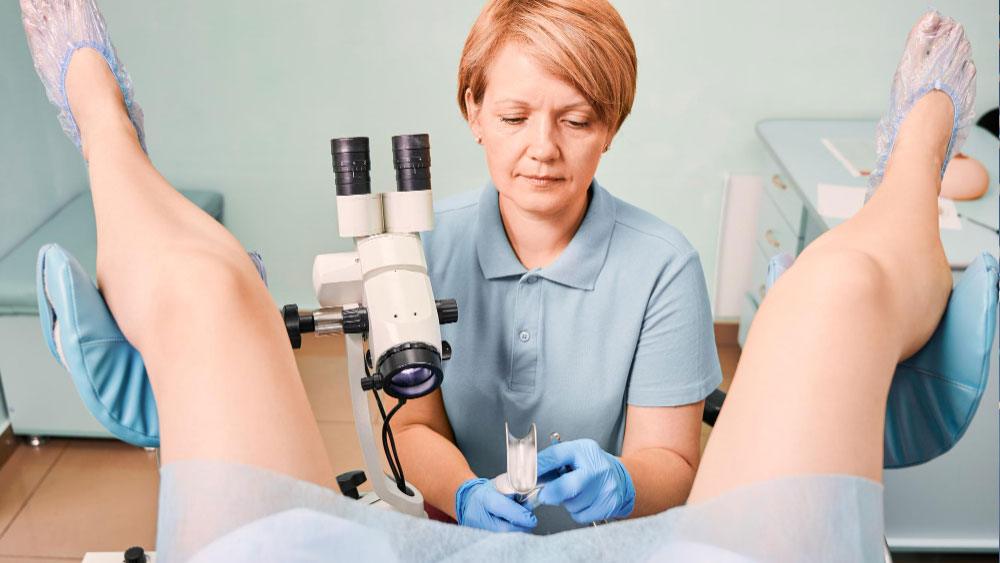For many women, the word “hysteroscopy” sounds unfamiliar—even a little intimidating. It’s not a routine scan or a blood test you hear about often. So, when a gynecologist suggests it, the first reaction is usually: “Why do I need this?”
The good news is that hysteroscopy is a simple, safe, and effective way for doctors to look inside the uterus and even fix certain problems during the same procedure. If you’re considering hysteroscopy treatment, understanding the reasons behind it can ease many of your worries.
Understanding Hysteroscopy
A hysteroscope is a slim tube with a camera attached. When inserted through the vagina and cervix, it allows the doctor to see the uterine cavity in real time. Unlike traditional surgery, there are no large cuts or stitches involved. In fact, most women go home the same day.
There are two main types:
- Diagnostic hysteroscopy – used to examine and diagnose problems.
- Operative hysteroscopy treats issues like removing polyps, fibroids, or adhesions.
Why Your Gynecologist Might Recommend It
Here are the most common reasons women are advised to undergo hysteroscopy:
1. Abnormal Uterine Bleeding
If your periods are unusually heavy, prolonged, or irregular, hysteroscopy helps identify the cause. Sometimes, it reveals growths like fibroids or polyps. Other times, it may point to hormonal imbalances or lining issues.
2. Difficulty in Getting Pregnant
For women struggling with infertility, a hysteroscopy can be part of the evaluation. It helps check if structural problems in the uterus—like scar tissue, septum (a partition inside the uterus), or adhesions—may affect conception or implantation.
3. Recurrent Miscarriages
If a woman has had repeated pregnancy losses, the doctor may suggest hysteroscopy to rule out uterine abnormalities. Correcting these issues can improve the chances of carrying a pregnancy successfully.
4. Suspected Growths in the Uterus
Polyps, fibroids, or abnormal tissue growths are sometimes detected on ultrasound. Hysteroscopy allows the hysteroscopic surgeon to confirm the diagnosis and remove the growth during the same procedure if necessary.
5. Postmenopausal Bleeding
Any bleeding after menopause needs careful investigation. Hysteroscopy allows doctors to check for lining abnormalities, precancerous changes, or, in rare cases, cancer.
6. Locating and Removing an IUD
If an intrauterine device (IUD) is misplaced or difficult to remove, hysteroscopy helps locate and retrieve it safely.
7. Evaluation Before Fertility Treatments
Sometimes, before starting IVF or similar procedures, doctors recommend hysteroscopy to ensure the uterus is healthy and ready for implantation.
Benefits of Hysteroscopy
Compared to older surgical methods, hysteroscopy offers several advantages:
- Minimally invasive – no big cuts, fewer complications.
- Quick recovery – most women resume normal activities within a day or two.
- Diagnostic + treatment in one – doctors can see and fix the problem in the same sitting.
- Lower risk – less pain, less blood loss, and reduced hospital stay.
What the Procedure Feels Like
A common worry is whether hysteroscopy is painful. The truth is, discomfort levels vary. Some women describe it as mild cramping, similar to period pain, while others need anesthesia if it’s a longer operative procedure. Your doctor will explain what type of anesthesia or pain relief is best in your case.
Preparing for the Procedure
Preparation is usually simple. Your gynecologist may ask you to:
- Schedule it right after your period but before ovulation.
- Avoid vaginal creams, tampons, or douching for a few days before.
- Share any medications you're taking.
These small steps help ensure the procedure goes smoothly.
Recovery and Aftercare
Most women experience light spotting or mild cramping for a day or two. Over-the-counter painkillers are usually enough. Serious complications are rare, but always report fever, heavy bleeding, or severe pain to your doctor.
Final Thoughts
A hysteroscopy might sound unfamiliar, but it’s one of the safest and most effective tools doctors have to diagnose and treat uterine problems. Whether it’s irregular bleeding, infertility concerns, or suspected fibroids, this procedure often provides both clarity and solutions in a single step.
If your gynecologist has suggested it, don’t panic—see it as a way toward better health or fertility. Choosing an experienced hysteroscopic surgeon ensures that you’re in safe hands and that any issues are handled with precision and care.


